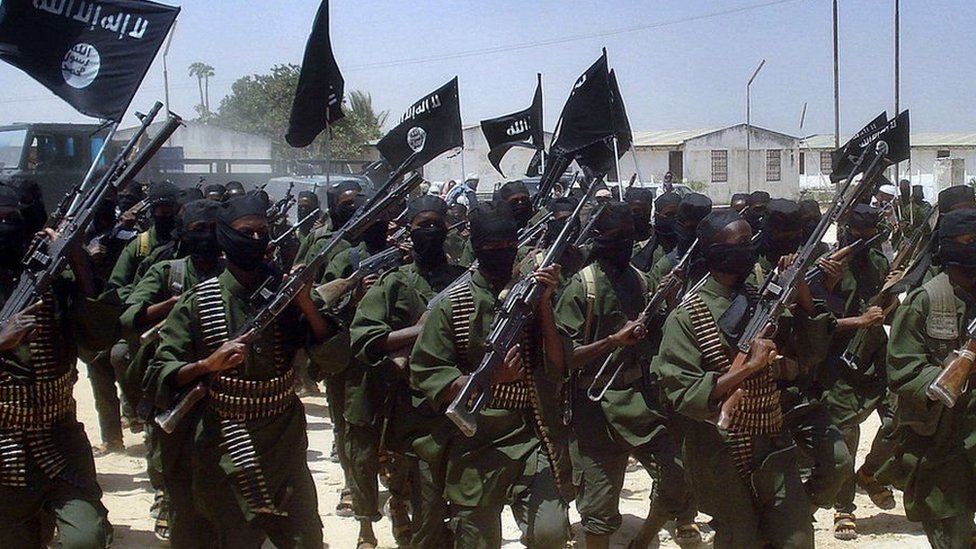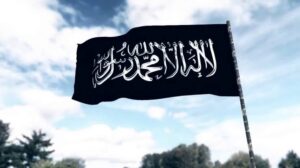
STRATEGIC ASSESSMENT. With the terrorism and counterterrorism landscape rapidly changing, a recent conference on sanctions highlighted increased concerns about emerging terrorist financing threats. Demonstrating the complexity of such threats, governments now face a combustible mix of violent extremism, terrorism, and white supremacist and conspiracy theorist groups. The conference similarly surfaced questions regarding the effectiveness of the existing domestic and international countering terrorist financing sanctions regimes and policies. Despite considerable investment by several states in developing international policies, guidelines, and frameworks – particularly through organizations such as the United Nations, Financial Action Task Force, related regional bodies, and The Egmont Group, for example – several high-level challenges persist. These range from the lack of political will or capacities in several states to robustly implement Security Council sanctions obligations, a lack of clarity with regard to several laws and obligations, and the different incentives around which stakeholders shape their approaches. In responding to compliance obligations, for example, the private sector has taken an approach to derisking which leaves many non-governmental and humanitarian organizations unable to access financial services.

Following the attacks of September 11, much of the domestic and international framework to counter the financing of terrorism (CFT) took as a point of departure the threat of large-scale attacks requiring large amounts of money. Moreover, there was increased concern that the risk of terrorism funding was no longer only directly linked to terrorist attacks, but also the maintenance of transnational groups like Al Qaeda which incurred costs relating to personnel, real estate, materiel, travel, and communications. So, in effect, funding need not have been linked directly to a perpetrated attack, but to the maintenance of the group more broadly. Since the establishment of the so-called “Caliphate” in parts Syria and Iraq, ISIS was able to collect and control funds derived from the extraction and trade of commodities, taxation, and criminal enterprises – reports suggest that in 2014 alone ISIS raised in approximately $2 billion. As a result, CFT and sanctions measures have targeted Al-Qaeda, ISIS, and their affiliates, and through domestic and UN sanctions, imposed asset freezes and travel bans.

However, in recent years, attacks in France, the UK, Germany, and the United States have highlighted the threat of attacks perpetrated by “self-directed” individuals (“lone wolves”) or groups. These use low-cost and low-tech approaches, often with little, if any, direct command-and-control from a designated terrorist group. Recognizing the changing patterns of terrorist financing, in 2019, several states joined to adopt a binding UN Security Council resolution (2462) that consolidates the international framework to counter the financing of terrorism. This resolution acknowledged the new payment methods and risks and integrated updated recommendations and guidance from the Financial Action Task Force into a legally binding international framework. Notably, it was also the first Council resolution to acknowledge the impact of counterterrorism measures on principled humanitarian action and laid the groundwork for states to have to include protective measures in their domestic approaches.

Even before the onset of Covid-19 globally, states and institutions reported several challenges implementing the sanctions aimed primarily at Al-Qaeda, ISIS, and their affiliates (with some variation in domestic terrorism designations lists). Limited government capacities and resources, a lack of political will, and a reported lack of clarity on some of the legal obligations and implications combined affected implementation in several countries. Despite the updated FATF recommendation (Special Recommendation 8) to take a risk-based approach to non-profit organizations, in light of reported low risk levels associated with the sector, many financial institutions continue to follow compliance obligations to the letter. The resultant “derisking” has negatively impacted access to financial services for many individuals and civil society groups, including humanitarian actors, many of whom are delivering critical assistance in conflict zones, supporting broader strategic objectives in many regions. Inadvertently, there is a risk that prolonging insecurity and instability, as well as the suffering of communities affected by war and violent extremism, can in fact create the very conditions that fuel terrorist recruitment and support.
As governments and policymakers struggle to address the socioeconomic fallout from the global pandemic, an increasing number of people online, especially youth, has heightened concerns about the use of the internet and social media for the radicalization, recruitment, and funding of violent far-right extremist, white supremacist, and other anti-government groups. Many of the aforementioned actors have used legitimate enterprise, sporting events, concerts, wellness websites, and gaming platforms to recruit individuals or raise funds. Unlike ISIS or al-Qaeda, many of these groups are not designated as terrorists, in domestic or international frameworks, raising questions about how governments and private sector institutions can monitor, track, and impede fundraising efforts. Moreover, as a disparate group of actors that are not necessarily unified under a single organizational umbrella, there are questions about how international frameworks or sanctions regimes could work in this case. Nonetheless, considering such groups only as a domestic issue and neglecting their transnational networks and connections risks undermining the potential threat they pose.

Terrorist groups have proven effective in seeking new means of enhancing their organizational and operational capabilities. Recent reports have indicated the persistence of online slave markets operated by ISIS and its supporters to continue to raise funds. This has been the subject of negotiations among governments who finally adopted a Security Council resolution enabling the designation of terrorists under sanctions for sexual violence and human trafficking to support terrorism; however, no real action has been taken on this front to date. Similarly, while the sale of arts and antiquities from conflict zones has long been recognized as a crime and an area terrorist groups have successfully capitalized upon, little has been done to implement related obligations with the same vigor as sanctions. However, in the United States earlier this year, Congress increased scrutiny of the antiquities market as part of the National Defense Authorization Act. As a result, regulators, who have long worried about the opaque nature of the antiquities trade, were empowered to design measures bring greater transparency to the sale of arts and antiquities. This also brings persons “engaged in the trade of antiquities, including an advisor, consultant, or any other person who engages as a business in the solicitation or the sale of antiquities,” under the scope of the Banking Secrecy Act. The evolution of terrorist and criminal groups over the past few decades has highlighted their resilience and creativity, but also the possibility that governments, the private sector, and civil society can be adaptive and responsive when needed; it is therefore critical to ensure that research and analysis allows policymakers and practitioners to stay one, or a few, steps ahead (TSC).





